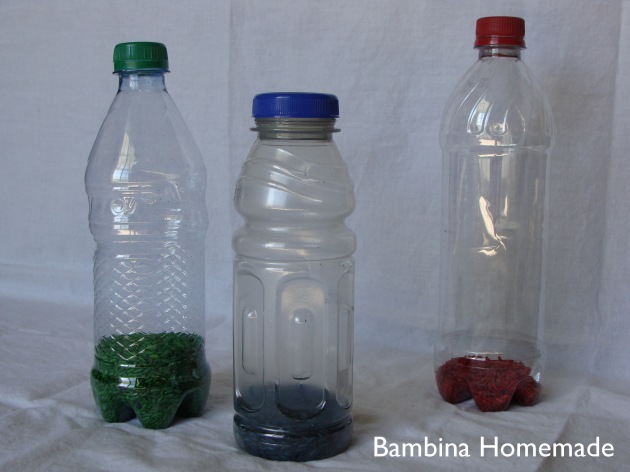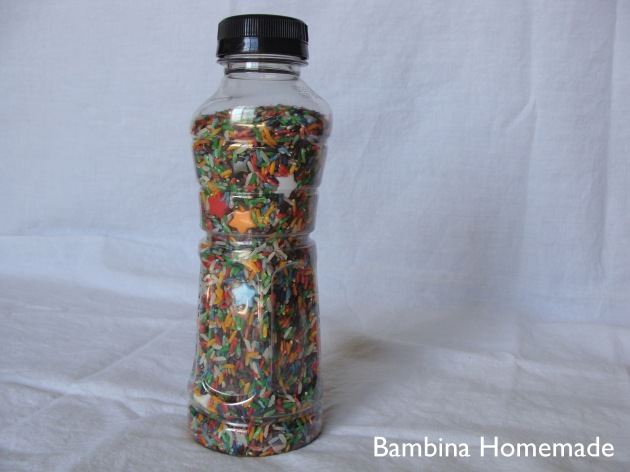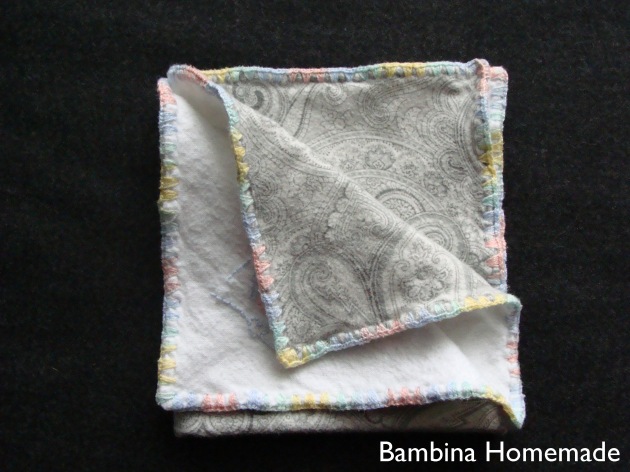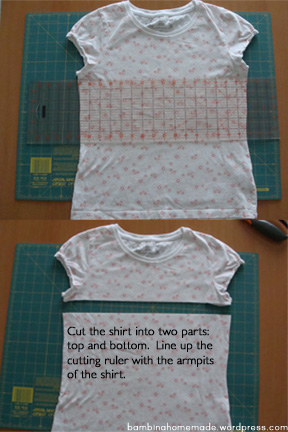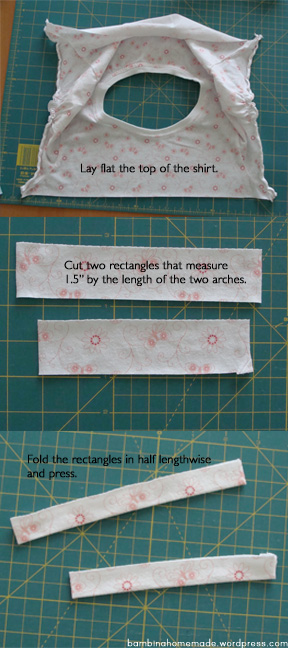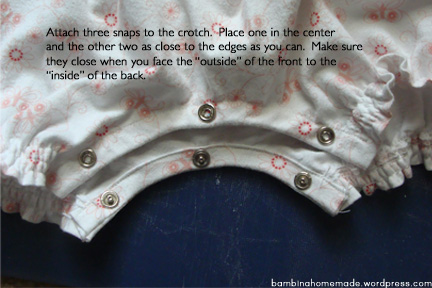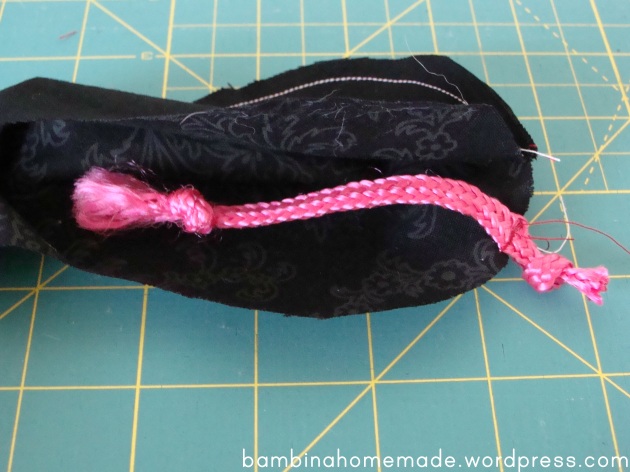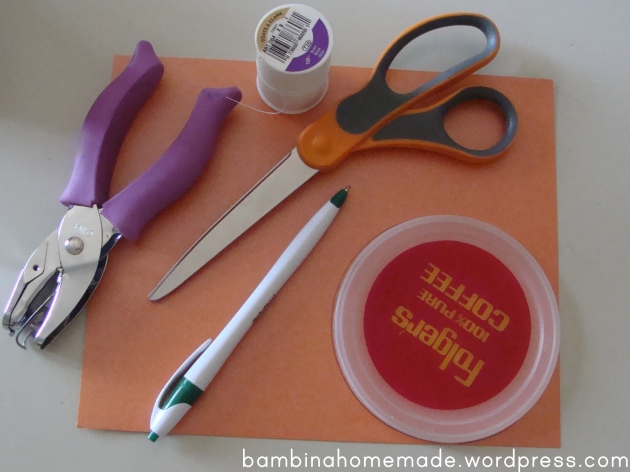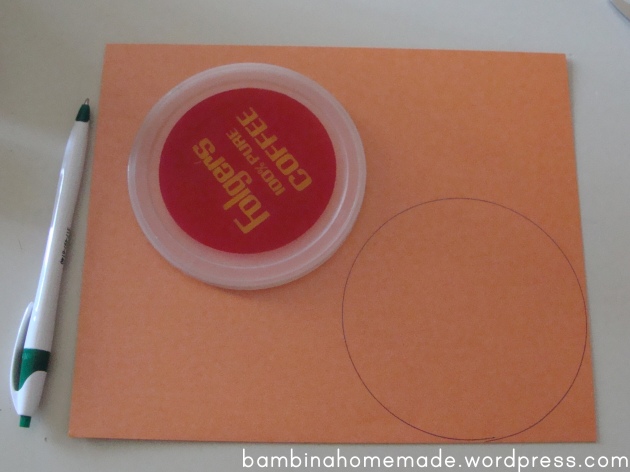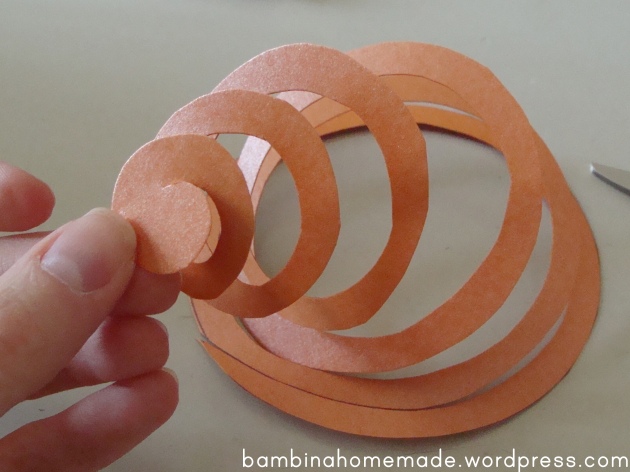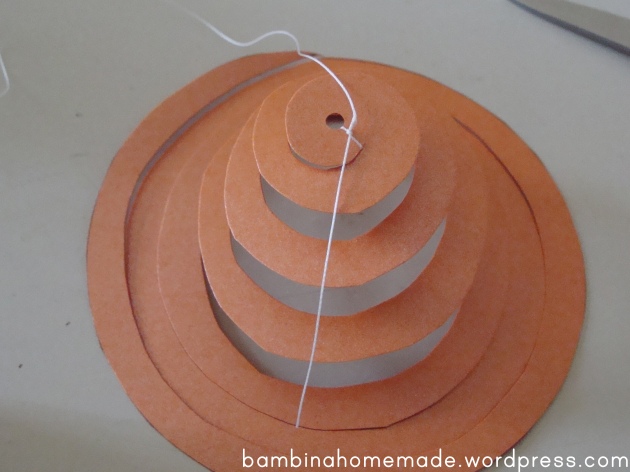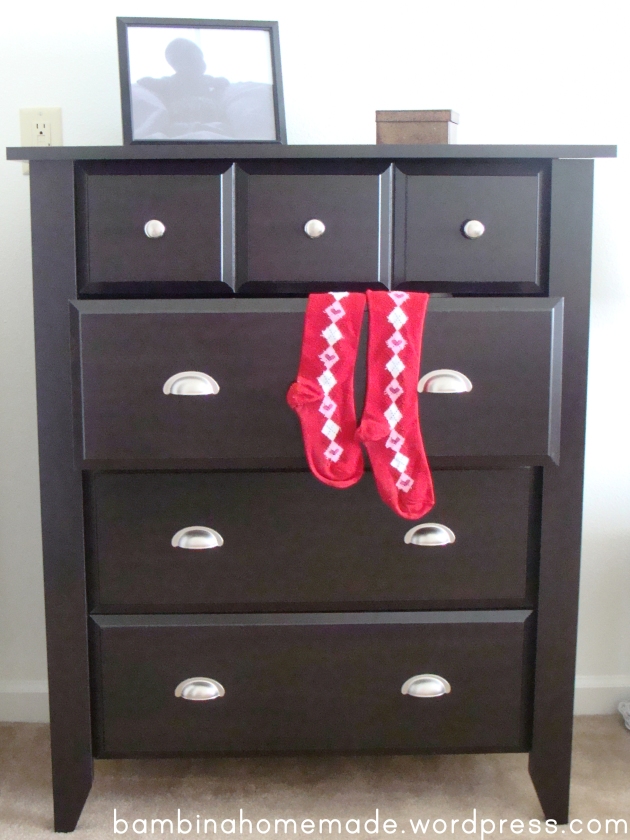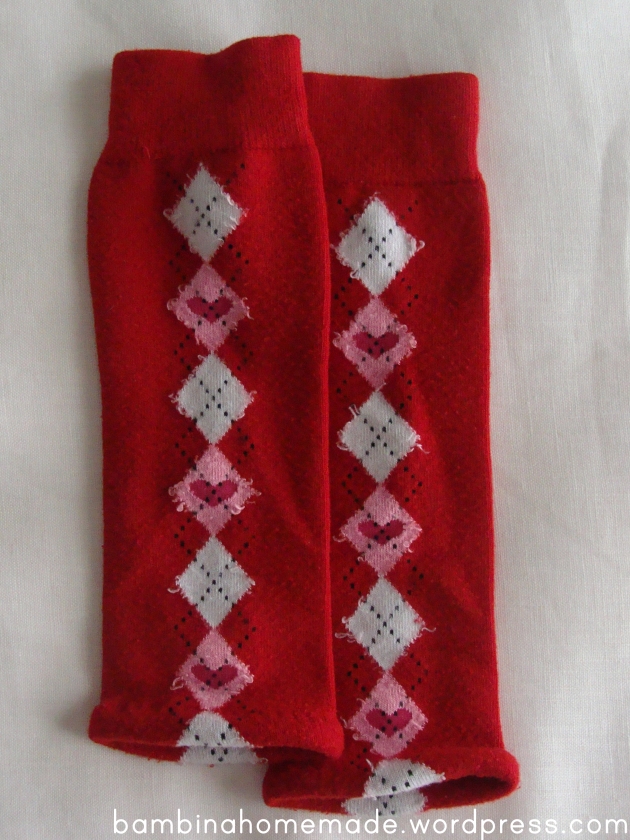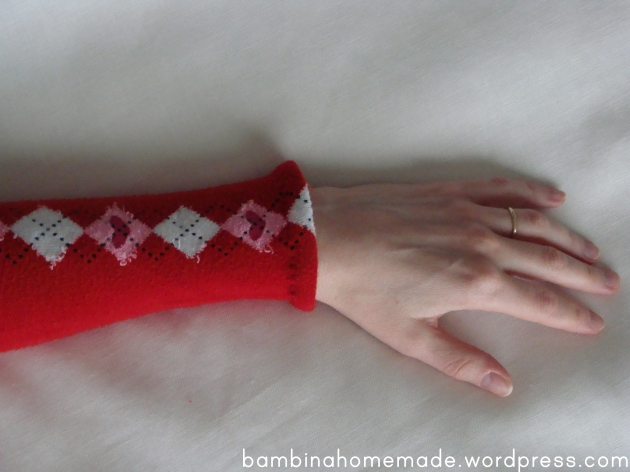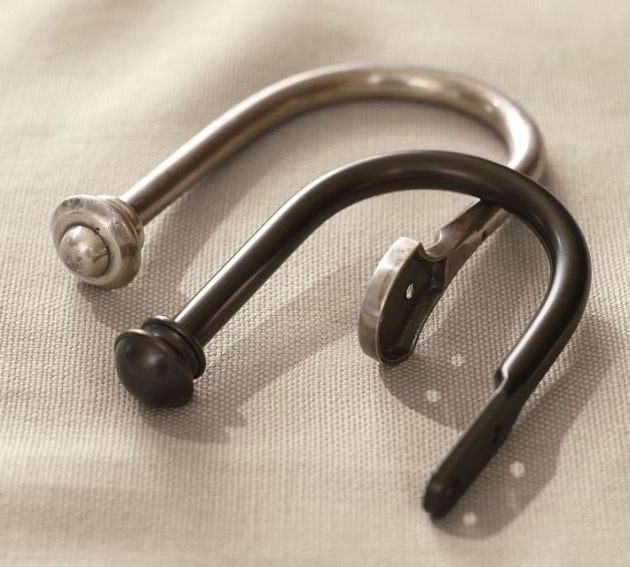I have recently rediscovered my love of dresses. Unfortunately, it’s rather difficult (and a little too immodest for my taste) to pull up a dress to nurse – hence the need for dresses with necklines that are easy to pull down. I decided to combine the easy access of the drape neck on one of my favorite shirts with the comfortable style of one of my favorite dresses.

As it turns out, drape neck tops are fantastic for nursing – even though I have never bought one with that purpose in mind. Just stretch the drape over to the side and voila! Nurse away, little bambina!

The easiest way for you to create this dress is to copy pieces you already have. If, however, you don’t have pieces that match these, you can get adventurous, use pieces that fit you and are similar to these, and modify the pattern as we go (I’ll try to fill in the blanks as I can). I’d recommend using a fitted tank top and A-line skirt.
Besides the pieces you’ll be copying, you will also need:
- 2 yards of stretchy fabric – mine is a 95% rayon / 5% spandex knit
- thread to match
- clear elastic (the kind used for swimsuits)
- tissue paper
First, create a paper pattern for the front of the bodice and then use that pattern to cut out the piece from the dress fabric.

Notice that the shirt drapes at the neckline because the neckline is square and much wider than the shoulders. If you are copying a tank top, first mark where the waist and bottom of the armhole fall, and then curve the armhole out at the top to make the neckline go straight across.
Next, create a pattern piece and then cut out the back of the bodice. I used the bodice front to figure out the length. (No changes in directions for copying a tank top.)

Next up is the skirt, front and back. To make these pieces, first you’ll need to do a little measuring. Measure across the folded bodice (front or back – should be the same) at the waist. We’ll call this measurement X. Also measure how long the skirt piece is in the dress you’re copying – call this measurement Y. (If you’re copying an A-line skirt, just measure down how long it is. Keep in mind that we’ll be adding a ruffle later, so leave off about six inches from your skirt measurement.)
You will need two rectangles that are Y inches tall and 3X inches wide.

You should end up with a trapezoid that is 2X inches wide at the top, 3X inches wide at the bottom, and Y inches tall when measuring straight up (not along your diagonally cut sides).
Finally, cut out two rectangles for the ruffle. They will be 6 inches tall by 4X inches long.
Cutting complete! You should have these pieces.

Start assembly by attaching the ruffle pieces to the skirt pieces.

Next, we turn to the bodice back.

Now we deal with the bodice front.

We’ll attach the front to the back, starting at the shoulders. (Do this step on each shoulder.)
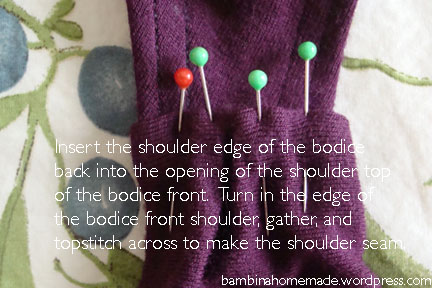
Finish the assembly by stitching the front and back together on the sides.

Done!

Comfort, style, and easy access to the goods.

You might notice that I never said to do anything to the bottom of the ruffle. I left mine untouched, and since my fabric is a knit, I don’t have to worry about it unraveling.













